-
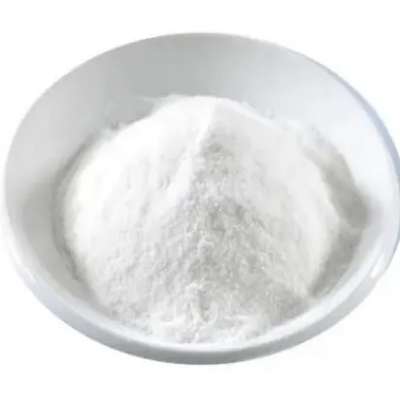
Natamycin (Pimaricin) CAS:7681-93-8
Natamycin, also known as pimaricin, is a naturally occurring antifungal agent produced by the bacterium Streptomyces natalensis. It is widely used as a food preservative to inhibit the growth of mold and yeast in various dairy products, meats, and baked goods. Natamycin is effective against a broad spectrum of fungi, including Aspergillus, Penicillium, and Fusarium species, while being safe for human consumption. This product is recognized for its stability, heat resistance, and minimal impact on the organoleptic properties of food items, making it a preferred choice in food manufacturing and preservation.
-
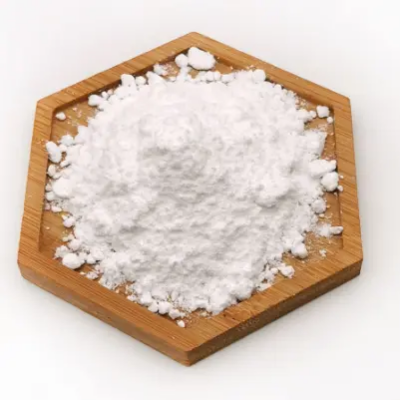
Nadifloxacin CAS:124858-35-1
Nadifloxacin is a topical fluoroquinolone antibiotic used in the treatment of various skin infections. It exhibits potent bactericidal activity against a wide range of bacteria, particularly those involved in acne vulgaris and dermatitis. Nadifloxacin works by inhibiting bacterial DNA replication, thereby effectively eradicating harmful bacteria on the skin’s surface. This product is available in the form of creams, gels, or lotions for external use. It is well-tolerated and commonly prescribed by healthcare professionals due to its efficacy and safety profile in dermatological conditions.
-
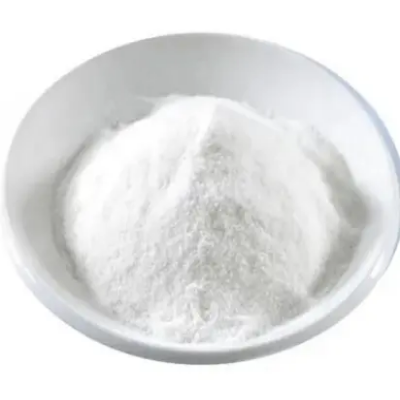
Neomycin sulfate CAS:1405-10-3
Neomycin sulfate is a broad-spectrum antibiotic belonging to the aminoglycoside class, commonly used for its bactericidal activity against a wide range of gram-negative and some gram-positive bacteria. This medication is formulated as neomycin sulfate to enhance its solubility and stability for pharmaceutical applications. Neomycin sulfate is available in various forms, including topical creams, ointments, and oral formulations. It is utilized for the treatment and prevention of bacterial infections, particularly in dermatological conditions, surgical wound care, and as a component of combination therapies.
-
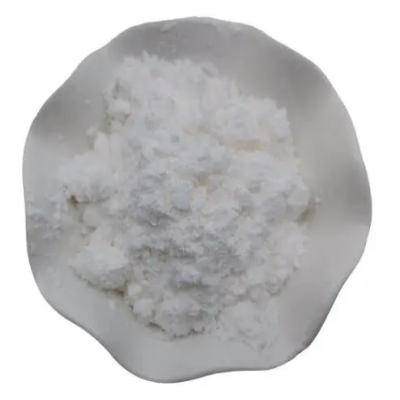
Nalidixic acid sodium salt CAS:3374-05-8
Nalidixic acid sodium salt is a derivative of nalidixic acid, a synthetic antibiotic belonging to the quinolone class known for its bactericidal properties against gram-negative bacteria. The conversion to its sodium salt form enhances solubility and stability, making it suitable for pharmaceutical formulations. This product is commonly used in the treatment of urinary tract infections caused by susceptible organisms. Nalidixic acid sodium salt is available in oral formulations such as tablets or capsules and is prescribed by healthcare professionals for its efficacy in combating bacterial infections.
-

5-Nitro-2-furaldehyde semicarbazone (Nitrofurazone) CAS:59-87-0
5-Nitro-2-furaldehyde semicarbazone, commonly known as nitrofurazone, is a synthetic antimicrobial agent with broad-spectrum activity against various gram-positive and gram-negative bacteria, as well as some fungi. It belongs to the nitrofuran class of antibiotics and is utilized for its bacteriostatic and bactericidal properties. Nitrofurazone is available in topical formulations such as creams, ointments, and solutions for the treatment of skin infections, burns, wounds, and other dermatological conditions. Its effectiveness in combating bacterial pathogens makes it a valuable component in wound care and veterinary medicine.
-

Netilmicin sulfate CAS:56391-57-2
Netilmicin sulfate is a broad-spectrum aminoglycoside antibiotic commonly used for its bactericidal activity against a wide range of gram-negative bacteria. It is a derivative of sisomicin and exhibits potent antimicrobial properties, making it effective in treating various bacterial infections. Formulated as netilmicin sulfate, this antibiotic is available in injectable form for intravenous or intramuscular administration. Netilmicin sulfate is widely prescribed in clinical settings for its efficacy in treating severe infections, including respiratory tract infections, urinary tract infections, septicemia, and intra-abdominal infections.
-

Nafcillin sodium salt CAS:7177-50-6
Nafcillin sodium salt is a semi-synthetic penicillin antibiotic used for its bactericidal activity against certain types of bacteria. This product is derived from penicillin and formulated as a sodium salt to enhance its stability and solubility. It is available in injectable form and is commonly used in clinical settings for the treatment of various bacterial infections, particularly those caused by penicillinase-producing staphylococci. Nafcillin sodium salt is effective against a spectrum of gram-positive bacteria and is a valuable therapeutic option for skin and soft tissue infections, bone infections, and septicemia.
-
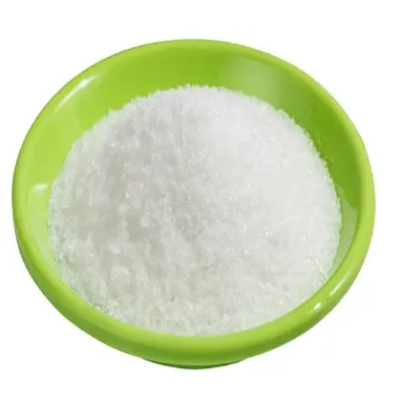
Nalidixic acid CAS:389-08-2
Nalidixic acid is a synthetic antibiotic belonging to the quinolone class, primarily used for its bactericidal activity against various gram-negative bacteria. This medication works by inhibiting bacterial DNA replication, making it effective in treating urinary tract infections caused by susceptible organisms. Nalidixic acid is available in oral form and is well-known for its efficacy in combating infections such as cystitis and pyelonephritis. It is commonly prescribed by healthcare professionals due to its targeted action against specific bacteria, contributing to successful treatment outcomes.
-

Mupirocin lithium salt CAS:73346-79-9
Mupirocin lithium salt is a pharmaceutical compound derived from mupirocin, an antibiotic used for treating skin infections. The conversion to its lithium salt form enhances its stability and efficacy. This product is a white to off-white powder soluble in water, commonly used in topical ointments and creams for its potent antimicrobial properties. Mupirocin lithium salt is known for its broad-spectrum activity against various bacteria, including Staphylococcus aureus and Streptococcus pyogenes. It is commonly prescribed by healthcare professionals for the treatment of impetigo, folliculitis, and other skin infections.
-
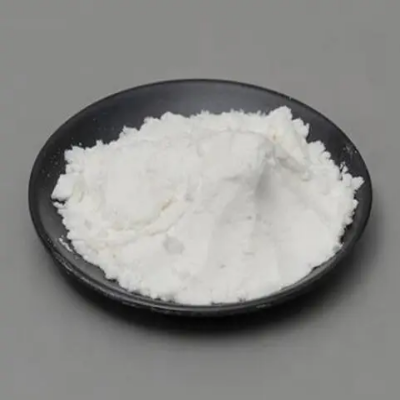
Nigericin CAS:28380-24-7
Nigericin is a natural product classified as an ionophore, primarily known for its ability to transport ions across biological membranes. It is produced by certain strains of Streptomyces and exhibits potent antimicrobial and antitumor activities. Nigericin functions by selectively transporting protons and potassium ions across cell membranes, disrupting cellular processes and leading to cell death. This compound has been extensively studied for its biological effects, including its impact on various cellular pathways and its potential applications in research and pharmaceutical development.
-
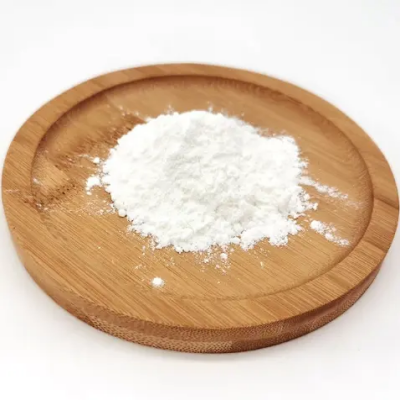
Triethylsilyltrifluoromethanesulfonate CAS:79271-56-0
Triethylsilyltrifluoromethanesulfonate is a chemical compound with the molecular formula C8H18F3O3SSi. It is commonly used as a reagent in organic synthesis due to its unique chemical properties.
-

Trifluoromethanesulfonicacidtert-butyldimethylsilylester CAS:69739-34-0
Trifluoromethanesulfonic acid tert-butyldimethylsilyl ester is a chemical compound with the molecular formula C9H18F3O4SSi. It is commonly used as a reagent in organic synthesis due to its unique chemical properties.

